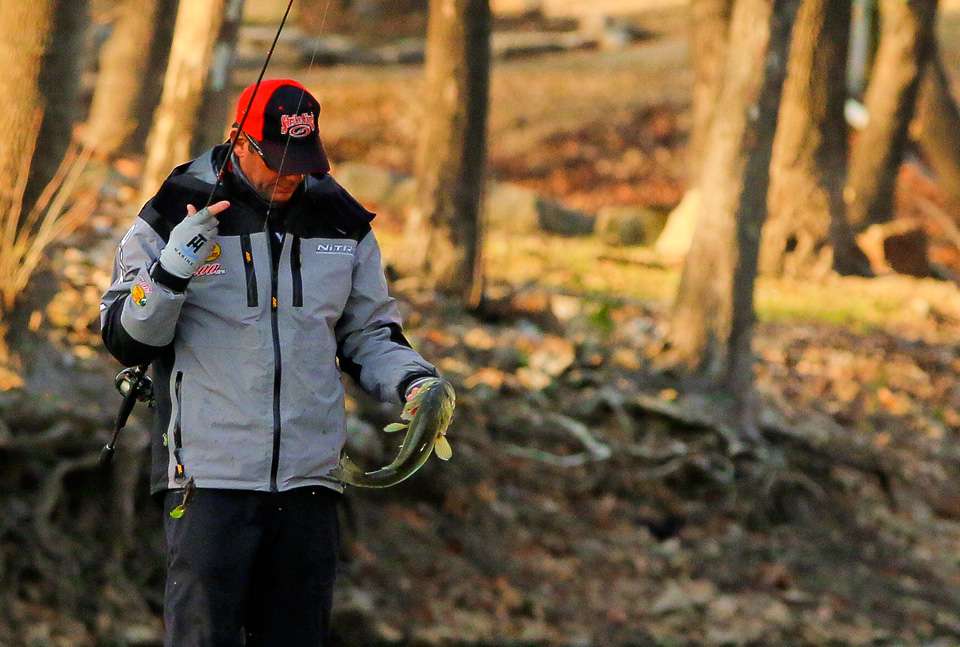
As several southern lakes come out of the spawn, the frustration begins for anglers who discover what a challenging time it can be.
There is a window on every body of water when fishing can be downright brutal as the fish go into a temporary funk.
But there are always some fish that will bite; finding them requires an understanding of what they do during the postspawn period.
Perhaps the biggest misconception among anglers is that bass immediately make the transition to summer offshore locations. That’s definitely not the case on most bodies of water, although there are some exceptions which I will touch on later.
The spawn season also lasts longer than a lot of people think. Even though you may see a spike in spawning activity over a short period of time, remember that there it’s really a two-month process with some fish spawning early and some later.
After bass bed, the forage base and water conditions become the two controlling factors in where they go.
They generally move toward the predominant forage base shortly after the spawn. In many lakes, that means they will hang around the bank, either targeting spawning shad or bluegill.
The amount of cover in the shallows is another consideration. Postspawn bass love to suspend around bushes, grass, floating docks and tops of fallen trees. Those areas often attract the bluegills, a key bass forage this time of year on nearly all lakes. With a lot of shallow cover and presence of bluegill, the bass may linger shallow longer than you think.
Cover near spawning grounds attracts recovering postspawn females as well as the fry that begins swimming in tight balls, drifting with the wind or current. When not pushed by current, the fry will cling to cover such as docks, grass clumps, brush or overhanging trees. The males stay with them for a short while to fend off invaders and can be caught easily.
When I suspect postspawners are in an area, I will fish baits that match that cover and stay in the strike zone longer. One of my favorites is the Strike King Caffeine Shad that skips well, that I can rig weedless and that has a ton of action without moving rapidly away from key targets.
Other examples are jerkbaits, frogs, topwaters and a wacky-rigged soft plastic. I also like a Texas-rigged Game Hawg that has lots of moving appendages, and I can swim slowly through those areas.
Current is one factor that can move bass off the bank. For example, on Kentucky Lake and some of the other Tennessee River impoundments, the adult fish will leave the bank fairly quickly because of the current being generated at the dams. Stronger current tends to pull the shad offshore, and the bass follow them.
Now, if the lake that doesn’t have a lot of power current but receives a lot of rain and strong storm fronts, that influx of water into the creeks can push bass out of spawning pockets and onto the first main lake points of those pockets.
Unlocking the postspawn puzzle isn’t always easy, but if you remember conditions often dictate where you will find the fish and use the appropriate baits, your success will improve until the bass get aggressive again.
It’s all about the attitude!
Kevin VanDam’s column appears weekly on Bassmaster.com. You can also find him on Facebook, Twitter and Instagram.

